The season is noticeably changing from late summer to autumn, and temperatures have started to take a nosedive. As a result, the soil will gradually lose heat accumulated in it over the preceding summer months. Subsequently, this makes it difficult for seeds to germinate and newly planted plants to establish roots.
An easy way to overcome this problem is to cover the soil before sowing or planting. This will keep the soil warm during the day and limit how much heat is lost at night. Doing this is particularly helpful if your soil is more clay-based. Clay soil retains a lot of water after winter, so warming can reduce waterlogging.
What plants benefit from pre-warmed soil beds?
This list of early crops will be greatly benefitted by sowing into pre-warmed soil:
How to pre-warm soil
Firstly, remove unwanted vegetation from the surface and place it on the compost pile.
Check that the soil is sufficiently moist. If it’s dry, then wait for a strong or protracted downpour before covering the area you want to plant into.
Next cover the area with pegged-down horticultural fleece or cloches.
Leave the cover on for approximately four weeks, remove and sow and/or plant before re-covering with the fleece and/or cloches.
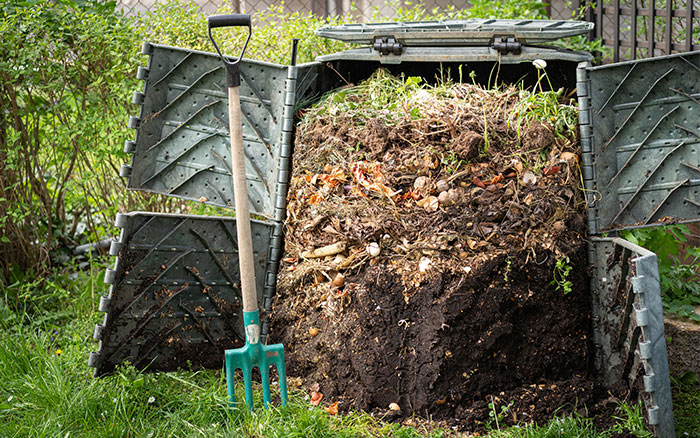
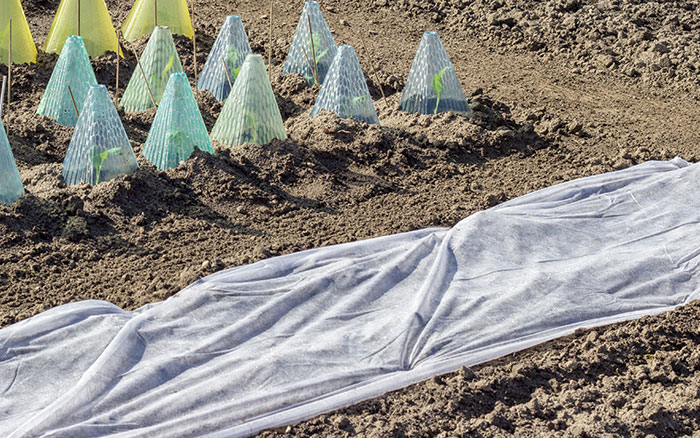
Other methods of pre-warming soil
If you don’t want to sow seed or add plants to the area until much later in the year or the following spring. And make sure that the weather isn’t conducive to sowing a protective green manure crop. Then add a thick layer of garden compost, straw or well-rotted manure to the area. This is beneficial as this will help prevent the soil from freezing by acting as a layer of insulation.
Then remove the mulch when temperatures rise and you’re ready to sow and/or plant. You can then let the sun take over the job of warming the soil for you.
Placing pop-up mini polytunnels and greenhouses over the soil will also warm the soil in the same way as a cloche would. Also, their extra length gives greater flexibility with how and where you can sow and grow your plants.

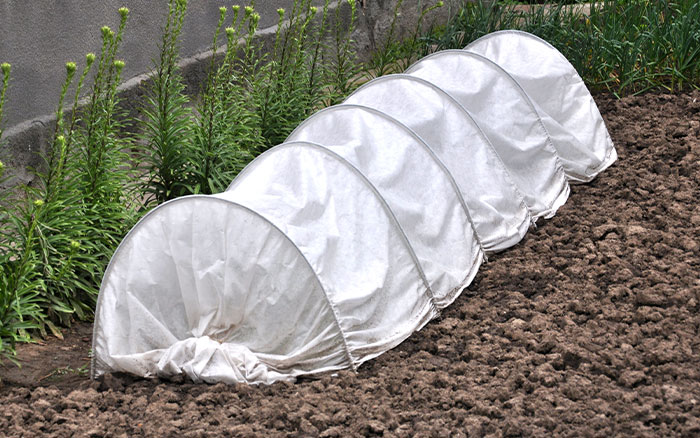
Pre-warming your soil will enable you to start sowing and planting in your garden as early as late winter.

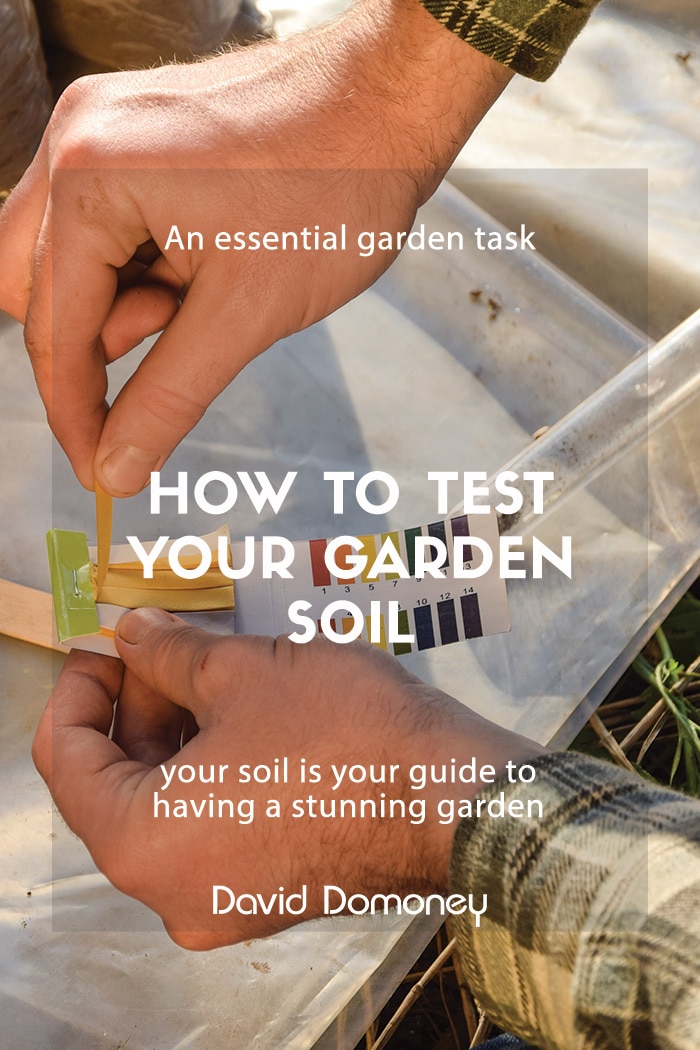


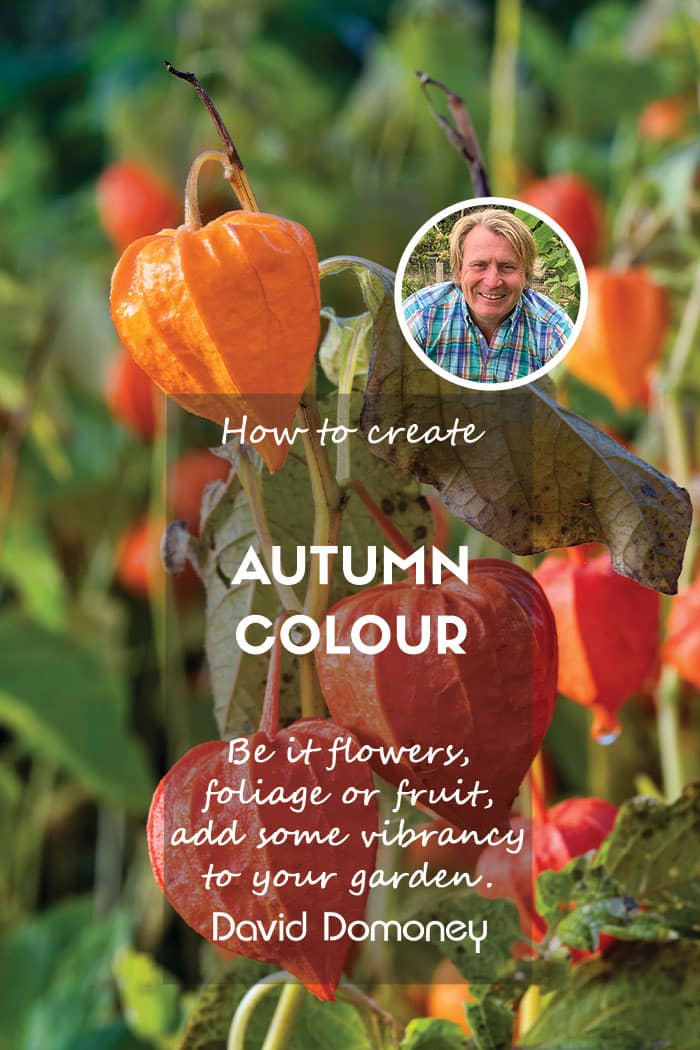

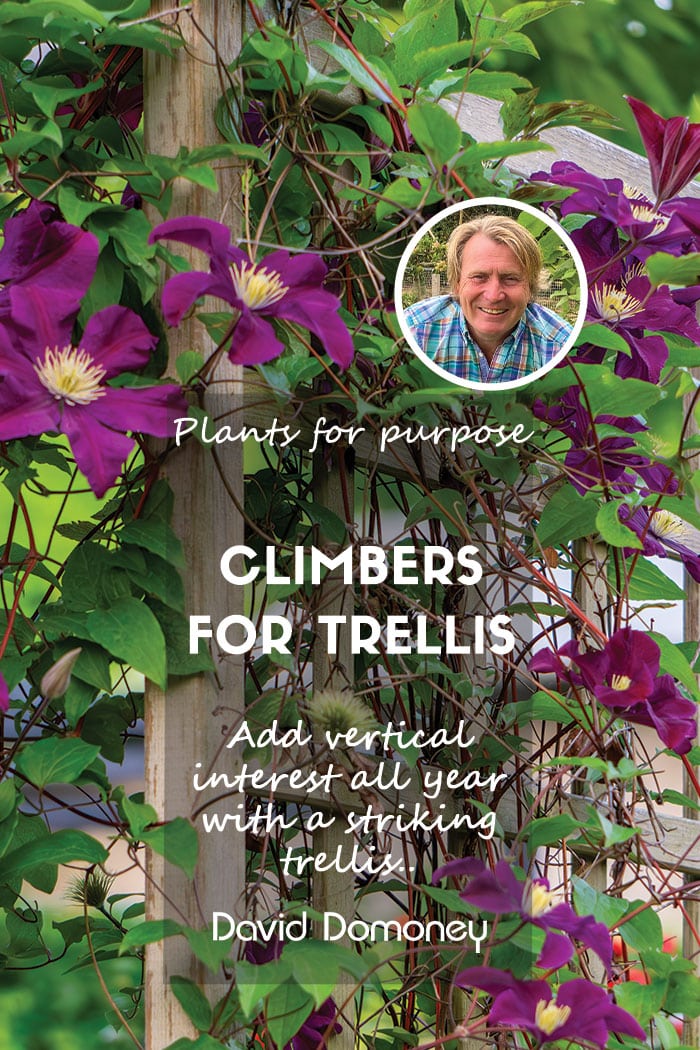
Leave A Comment